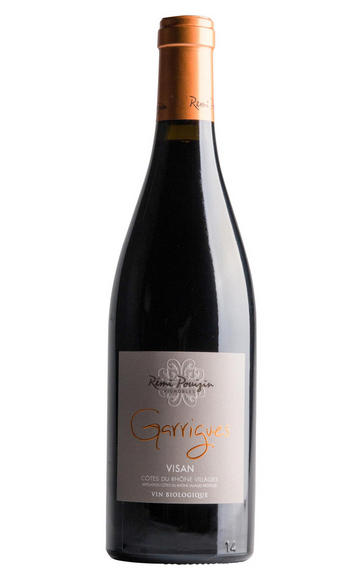
2021 Côtes du Rhône, Visan, Garrigues, Domaine Dieu-le-Fit, Pouizin, Rhône
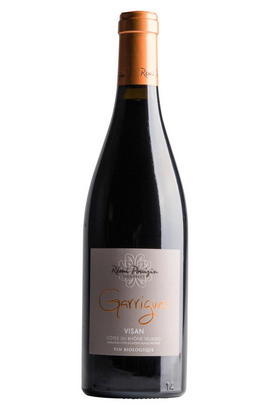
About this WINE
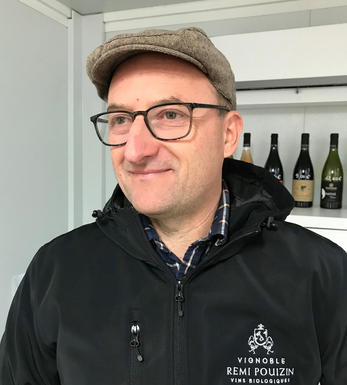
Remi Pouizin
Rémi and Geraldine Pouizin of Domaine Dieu-le-Fit are at the top of their game. Demeter accredited from 2016, we are delighted to be working with them for our Own Selection Côtes du Rhône. Rémi inherited most of his vineyards from the property known as Fourmente, where he built his own winery. Their wines are given branded names as they are essentially assembled from different plots. Red clay and pudding stones are at the lower altitudes, then “saffre” (sandstone) is just above the village itself. The more varied garrigue-strewn soils sit on the plateau heading in the direction of Rasteau.
Working organically is part of Rémi’s family philosophy; his grandparents grew fruit and vegetables organically in the 1960s. Rémi insists, “If I can drink a product, I am happy to put it on my vines. If it would be poisonous to me, it doesn’t go anywhere near them.” Clearly, there is honesty and integrity in everything the couple does.
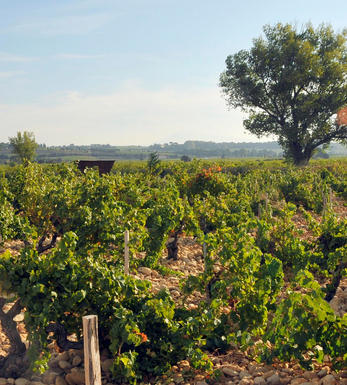
Côtes du Rhône
Côtes du Rhône, located in southern France’s Rhône Valley, is one of the country’s largest and most well-known wine appellations. The region is renowned for producing a wide range of high-quality wines, with vineyards extending from just south of Lyon in the north to Avignon in the south, covering both banks of the Rhône River.
Côtes du Rhône is celebrated for its wide array of red and white grape varieties. The primary red grape varieties include Grenache, Syrah, Mourvèdre, and Cinsault, while the main white grape varieties consist of Viognier, Marsanne, and Roussanne.
The region is divided into several appellations, each with distinct characteristics and regulations. The hierarchy ranges from the broad Côtes du Rhône appellation to more specific and prestigious sub-appellations like Côtes du Rhône Villages and Crus such as Châteauneuf-du-Pape, Gigondas, and Hermitage.
The region benefits from a diverse terroir, contributing to the different wine styles. The northern part has a continental climate, while the southern portion enjoys a Mediterranean climate, which plays a vital role in grape ripening and flavour development.
The red wines are highly regarded for their rich and robust flavours. They often exhibit notes of dark fruits, herbs, spices, and distinctive peppery quality, especially in the Syrah-dominated wines from the northern Rhône.
The white wines are typically aromatic and elegant, with flavours of stone fruits, floral notes, and hints of mineral complexity.
Côtes du Rhône also produces excellent rosé wines, which are refreshing and perfect for warm weather enjoyment.
Winemaking in Côtes du Rhône has a long history from ancient times. The region preserves a combination of traditional methods and modern techniques, allowing winemakers to express the unique characteristics of their terroir.
Côtes du Rhône wines are versatile and pair well with a wide range of dishes, including roasted meats, hearty stews, grilled vegetables, and cheeses.
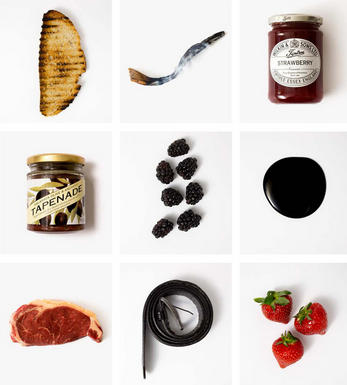
Grenache/Garnacha
Grenache (Noir) is widely grown and comes in a variety of styles. Believed to originate in Spain, it was, in the late 20th century, the most widely planted black grape variety in the world. Today it hovers around seventh in the pecking order. It tends to produce very fruity, rich wines that can range quite widely in their level of tannin.
In many regions – most famously the Southern Rhône, where it complements Syrah and Mourvèdre, among other grapes – it adds backbone and colour to blends, but some of the most notable Châteauneuf du Pape producers (such as Château Rayas) make 100 percent Grenache wines. The grape is a component in many wines of the Languedoc (where you’ll also find its lighter-coloured forms, Grenache Gris and Blanc) and is responsible for much southern French rosé – taking the lead in most Provence styles.
Found all over Spain as Garnacha Tinta (spelt Garnaxa in Catalonia), the grape variety is increasingly detailed on wine labels there. Along with Tempranillo, it forms the majority of the blend for Rioja’s reds and has been adopted widely in Navarra, where it produces lighter styles of red and rosado (rosé). It can also be found operating under a pseudonym, Cannonau, in Sardinia.
Beyond Europe, Grenache is widely planted in California and Australia, largely thanks to its ability to operate in high temperatures and without much water. Particularly in the Barossa Valley, there are some extraordinary dry-farmed bush vines, some of which are centuries old and produce wines of startling intensity.


Buying options
Add to wishlist
Description
Made from equal parts of Grenache, Cinsault, Mourvèdre and Carignan, the Visan-Garrigues comes from a single five-hectare parcel covered by galets – the round pudding stones also found in Châteauneuf-du-Pape. Sweet morello cherries and fresh blackberries vie for dominance on the nose and palate. This almost has a granitic ‘Priorat’ feel to it; it is very mineral with a lip-smacking cherry-stone finish.
Drink 2025 - 2028
Catriona Felstead MW, Senior Buyer, Berry Bros. & Rudd
wine at a glance
Delivery and quality guarantee